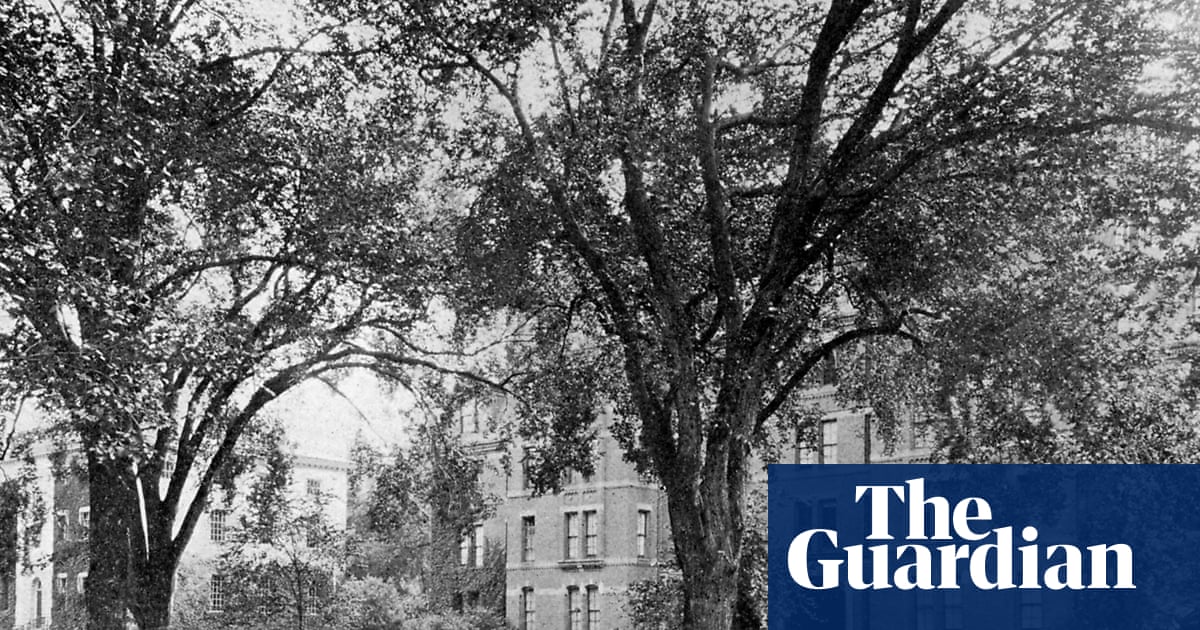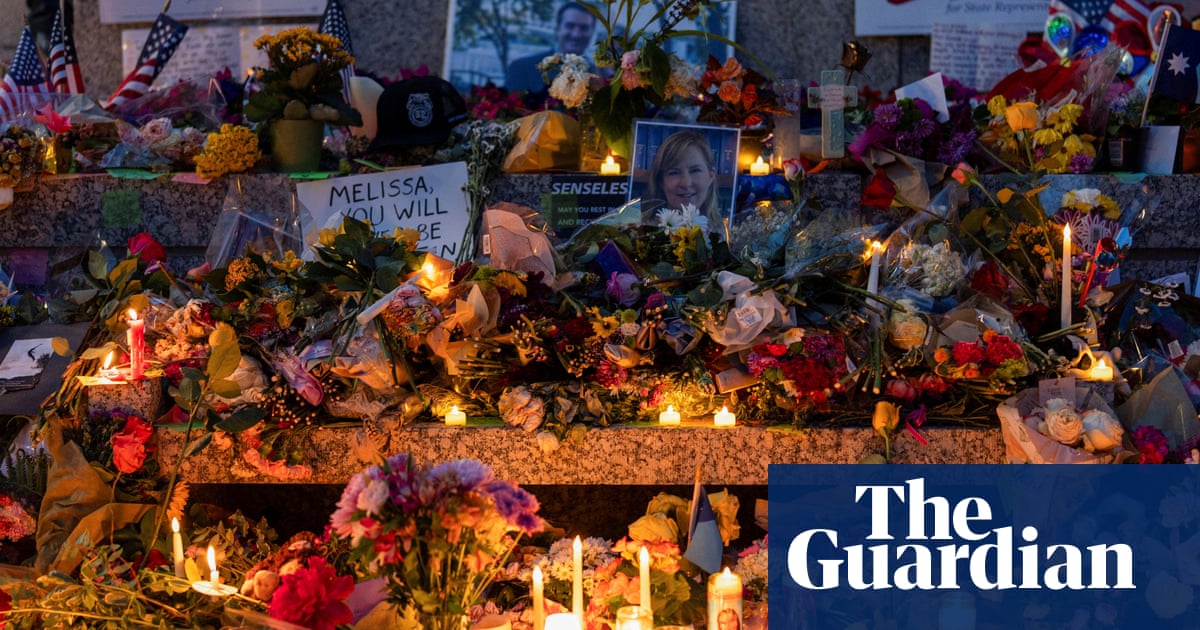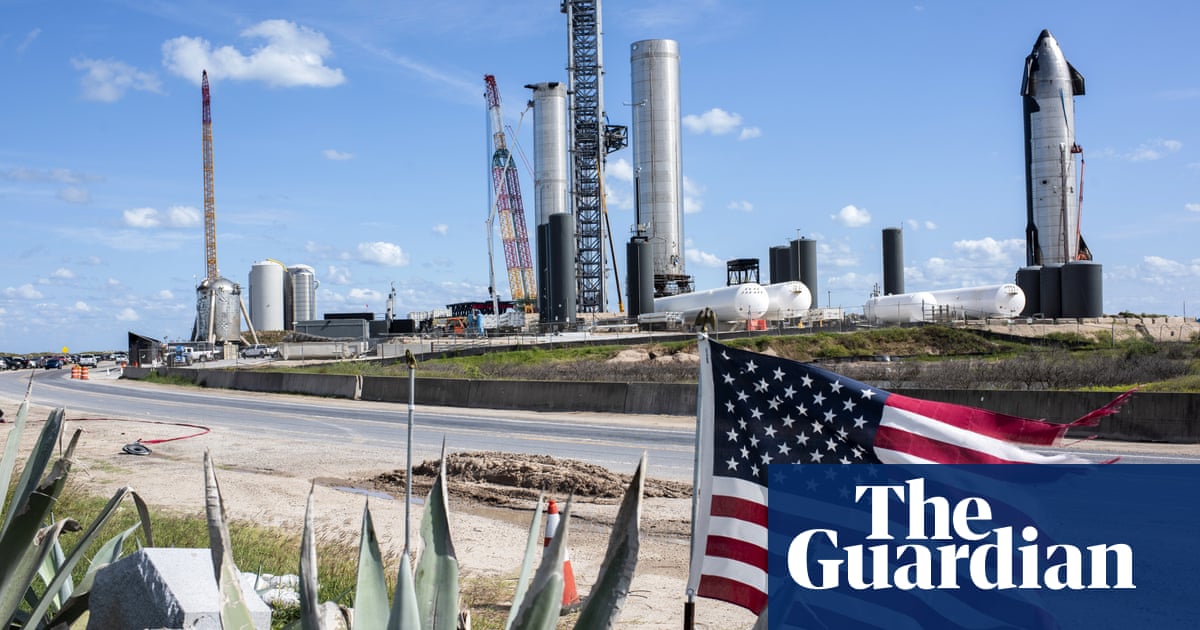US transportation safety officials have released images of the New York City sightseeing helicopter that crashed earlier this year, killing a family of five and the pilot, showing that the aircraft began to break apart in midair, according to a preliminary report released on Wednesday.
The report by the National Transportation Safety Board (NTSB) is the government’s first public explanation about what might have happened on 10 April, when the Bell 206L-4 helicopter plunged into the river.
“Several witnesses described hearing several loud ‘bangs’ emanating from the helicopter before it broke up and descended into the river,” the report said.
The helicopter had flown from the Statue of Liberty up to the George Washington Bridge, and then made a 180-degree turn to head back downtown, the report said.
“Surveillance video (with accompanying audio) captured the helicopter traveling south before it suddenly separated into three major sections: fuselage (including the engine), main rotor system (including both main rotor blades, transmission and roof-beam structure), and the tail boom (including the tail rotor),” it continued.
Justin Green, an aviation lawyer and former Marine helicopter pilot, told the Associated Press that a sequence of blurry images released by the NTSB show the helicopter yawing severely and the tail boom failing, suggesting it was probably struck by the aircraft’s main rotor blades during flight.
“It’s clear that some mechanical issue precipitated the breakup,” Green said.
But the report does not look at the initial cause of the helicopter’s breakup. The cause, Green said, will likely be determined by a forensic examination of the wreckage recovered from the river.
“A tail strike could be caused by a pilot not handling a loss-of-power emergency and allowing the rotor [revolutions per minute] to decay, which makes the rotors flap up and down more, and that can cause a strike,” he said.
The helicopter, a Bell 206L-4 built in 2004, had operated about 50 hours since its last inspection on 27 February, according to the NTSB report. The helicopter’s airframe accrued nearly 13,000 total hours of operation, and the engine accrued more than 23,000 hours.
Maintenance records from the Federal Aviation Administration (FAA) show the aircraft had an issue involving its transmission assembly last September.
The helicopter, operated by the tour company New York Helicopter, was not equipped with any video or data recording devices, but the preliminary report said that photos taken before the group departed showed that pilot Seankese Johnson, a 36-year-old former Navy Seal, was wearing computer-augmented sunglasses, which would have had video and audio recording capability. The glasses have not been recovered.
Johnson received his commercial pilot’s license in 2023 and had logged 790 hours of flight time, the NTSB report said.
Retired NTSB investigator Al Yurman told the AP that Johnson did not appear to be particularly experienced flying a Bell 206L-4. The agency said in its report that Johnson had fewer than 50 hours of flight in that type of aircraft.
“It’s quite sophisticated for that type of work,” Yurman said. “I would prefer to have someone more experienced, but we’ll know more when the full report comes out.”
The tour operator, New York Helicopter, has been through bankruptcy and faced ongoing lawsuits in recent years. The company has said it is cooperating with authorities in the investigation.
Agustín Escobar, 49; Mercè Camprubí Montal, 39; and their children Victor, 4, Mercedes, 8, and Agustin, 10, members of a prominent Barcelona family, were killed in the crash. Officials have said Escobar, global CEO of rail infrastructure at Siemens Mobility, was in the New York area on business and his family had joined him for a birthday celebration.
The incident has brought helicopter sightseeing tours around Manhattan under scrutiny. Five commercial sightseeing helicopters have gone down in the rivers around Manhattan since 2005 as a result of mechanical failure, pilot error or collision, killing 20 people.
A total of 38 people have died in helicopter failures since 1977. The last had occurred in 2019.
Chuck Schumer, a New York senator, said soon after the latest crash that “there is one thing we know for sure about New York City’s helicopter tour companies: they have a deadly track record, and it is usually the companies – not the pilots – that are openly manipulating Federal Aviation Administration rules, cutting corners and putting profits over people”.
But Eric Adams, New York City’s mayor, rejected calls to ban non-essential air travel around the city, arguing that it supports efforts to attract businesses and tourism.
“That is part of the attractions of businesses being in the city, people coming to the city, seeing the city from the air. As part of the attraction, what we must do is make sure it’s safe, make sure is done correctly,” the mayor said.

 1 month ago
42
1 month ago
42

















































